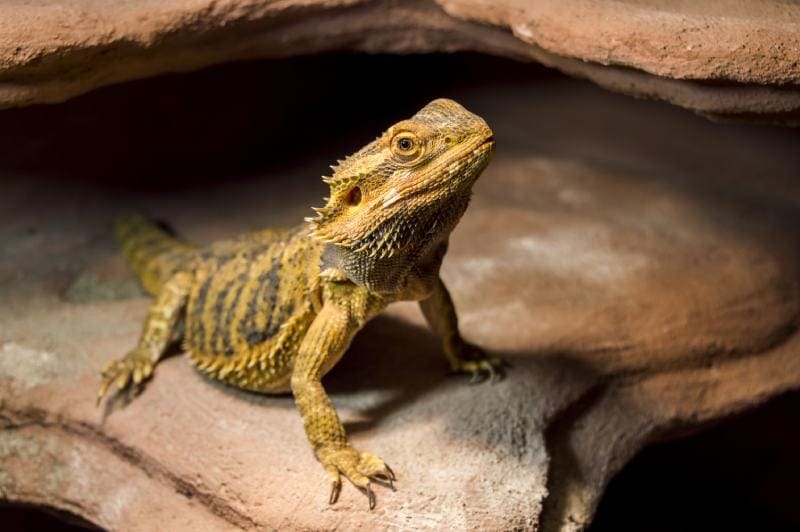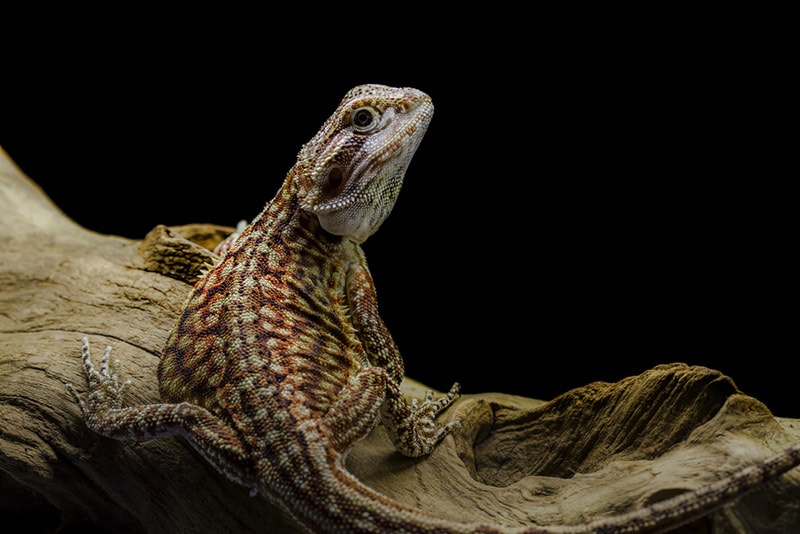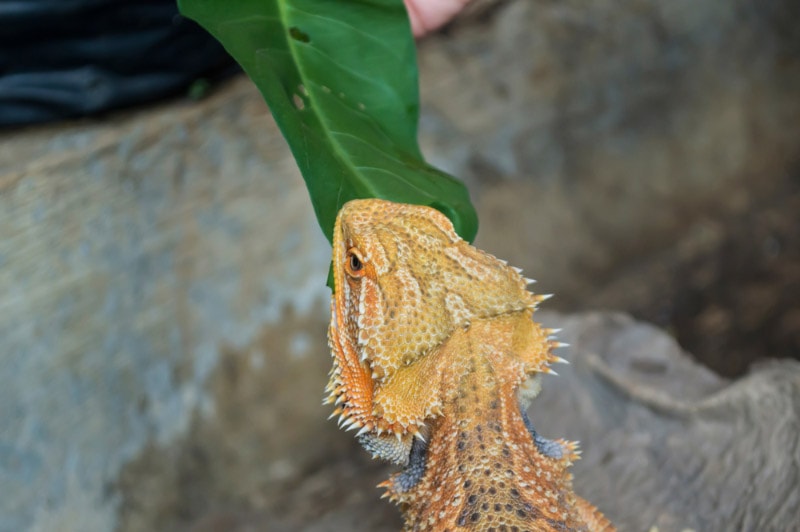How to Tame a Bearded Dragon: 10 Vet-Approved Tips to Follow
Updated on
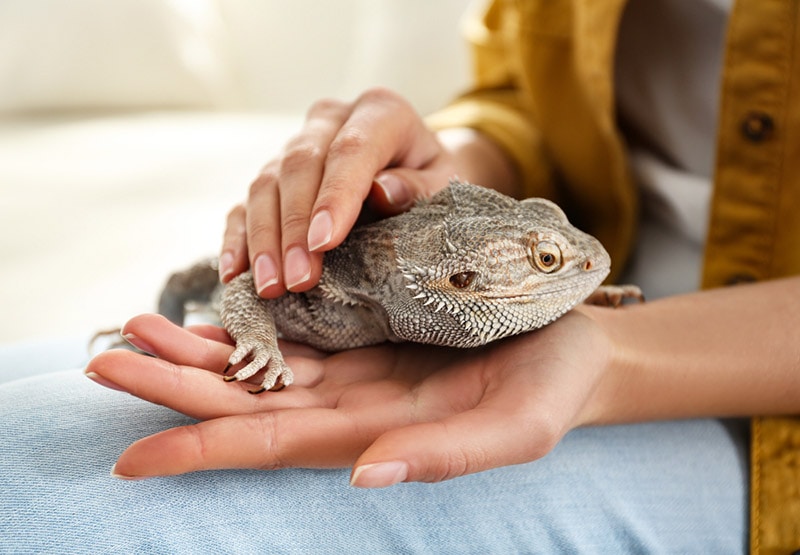
Taming a bearded dragon can feel like a journey, but with patience and the right steps, it can turn into a rewarding experience. So how exactly can you tame them? Here’s a step-by-step guide to help you get closer to your scaly friend.

Preparation: Know Your Dragon
Understanding your bearded dragon is the cornerstone of forming a strong bond. These unique creatures, each with their distinct temperament & mannerisms, thrive when you appreciate their quirks. So, take your time, watch them in their habitat, and let their behaviors inform you about their likes and dislikes.
It is also important to thoroughly research the breeder or source where you adopt your pet from. An individual that’s been adequately socialized as a juvenile beardie will be much more receptive to your presence than one that’s not used to human interaction.
Before You Start: Setting the Mood
Their environment is key to good behavior. Before initiating any taming process, the mood needs to be right. If your bearded dragon feels threatened or uneasy in their environment, they’ll naturally be more defensive. Ensure the temperature is right, their space isn’t overly noisy, and they have ample space to move around.
It is also important to pick a time when your bearded dragon is receptive to attention and interaction. For example, a dragon that’s shedding may instinctively hide in a cave and not be appreciative of human presence.

The 10 Tips on How to Tame a Bearded Dragon
1. Start Slowly
Initially, your presence may be unsettling for your bearded dragon. Instead of diving straight into handling them, spend the first few days or even weeks merely being near their enclosure. This non-intrusive approach lets them get used to you without feeling threatened. Over time, your consistent presence will be familiar, making them more comfortable when you finally decide to get closer.
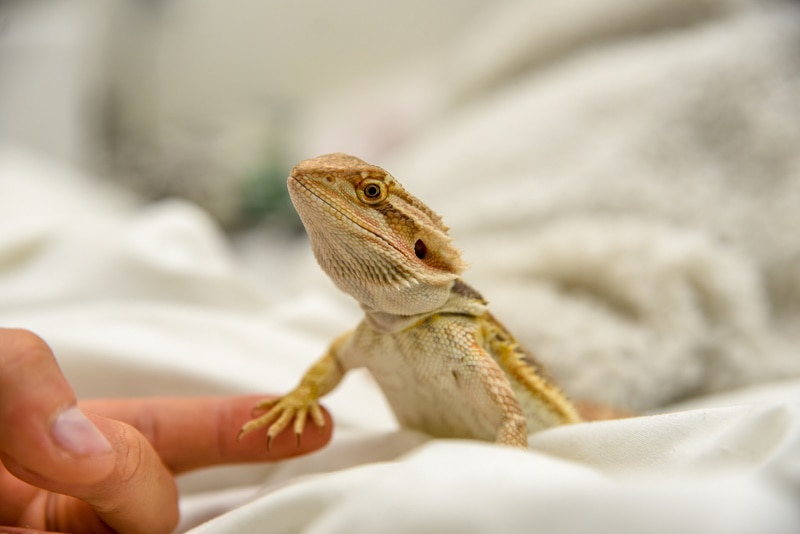
2. Use Food as a Bonding Tool
Food is a universal motivator. Begin the bonding process by offering them treats by placing the treat in their enclosure. Over time, gradually begin to keep your hand closer to the treat, until eventually holding the treat in your hand.
At first, they might be hesitant or unsure, but perseverance is essential. As days go by, they’ll start associating your presence with the treat, building the foundation for trust. If you’re worried about being nipped, you can start by using oven gloves to offer the treat. This still creates a positive association without risking your fingers.
It is important to remember that treats increase your pet’s caloric intake and therefore, when using treats for taming purposes, it is important to ensure that you adjust their meals accordingly, as to not overfeed your pet.
3. Regular Handling, But Not Too Much
Once your dragon seems at ease with you being near the tank and accepting treats, you can move on to handling. Start by lifting them gently for short periods, always ensuring that you support their body. Over time, as their comfort grows, you can increase the duration. But remember, they’re not toys, and it’s essential to read their cues. If they seem stressed, give them a break.
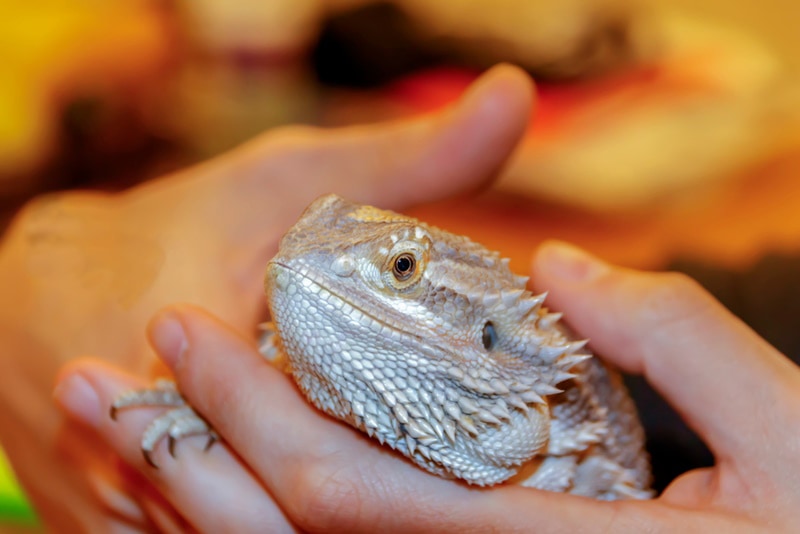
4. Talk to Them
Though it might sound odd, your voice can be a calming influence on your dragon. Whenever you’re near, talk softly to them. The tone matters more than the words. Over time, the familiarity of your voice will be another factor making them feel at ease.
5. Avoid Sudden Movements
Bearded dragons can be startled easily, especially in unfamiliar situations. When you’re around them, make sure your movements are slow and predictable. Whether you’re approaching the tank, reaching out to touch them, or placing food, sudden jerks or moves can be a setback in the trust-building process.
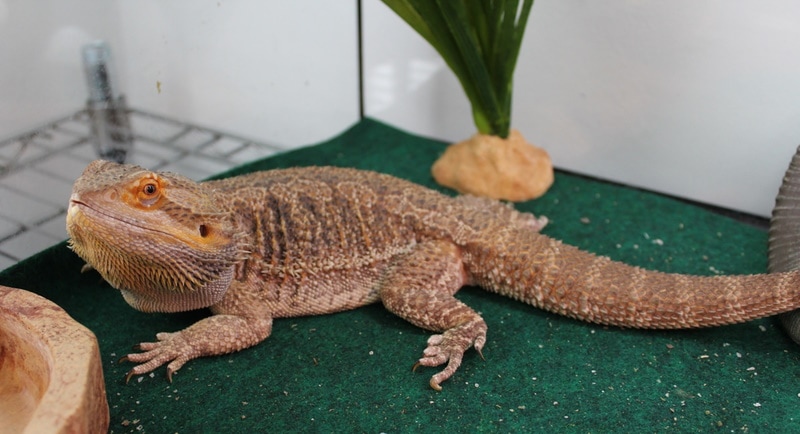
6. Provide A Safe Retreat
Your dragon needs a sense of security within their habitat. By ensuring there’s a cozy spot or hideaway in their tank, you give them the comfort of knowing there’s always a place to retreat to if they feel overwhelmed or threatened. This not only helps with their general well-being but also instills a sense of safety during the taming process. Over time, as they grow more confident, they might spend less time in their hideout and more time exploring or interacting with you.
7. Get Down to Their Level
One essential aspect many owners overlook is the perspective from which they approach their bearded dragon. Instead of reaching down from above (which can be perceived as a threat, similar to a bird of prey), try to approach them from the front, just slightly above their eye level. It feels less intimidating to them and can make interactions much smoother.
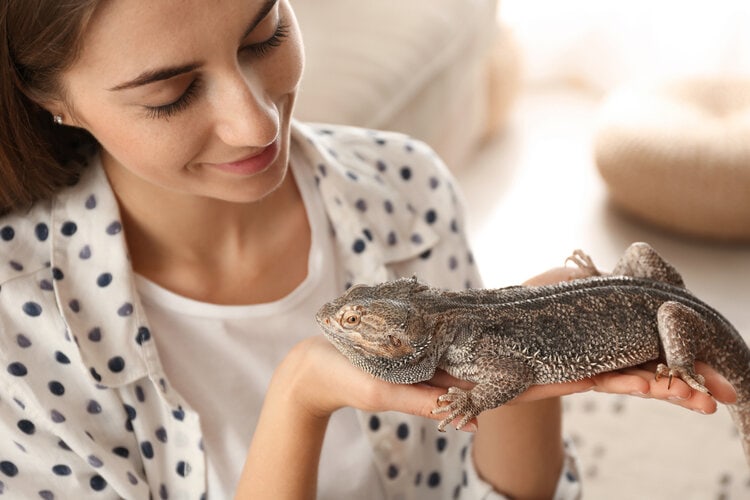
8. Be Consistent
Consistency is a cornerstone in bonding with any animal, bearded dragons included. Regular, predictable sessions, even if they’re short, can be far more effective than long, sporadic ones. This consistent interaction helps your dragon recognize and get used to your routines, thus reducing any anxiety or unpredictability around bonding times.
9. Recognize Stress Signs
Understanding when to back off is just as crucial as knowing when to push forward. Bearded dragons exhibit clear signs when they’re stressed, like glass surfing, hiding, refusing to eat, or a darkening of their beard. When you notice these signs, it’s essential to give them some space and time to relax. Continual stress can be detrimental to their health and can also significantly set back the taming process. It is also important to seek veterinary care for your pet, as not all stress is caused by your presence. At times, an illness could be causing them stress instead.
Please note that a sexually male bearded dragon’s beard may naturally turn black during the springtime (mating season), and this should not be confused with stress.
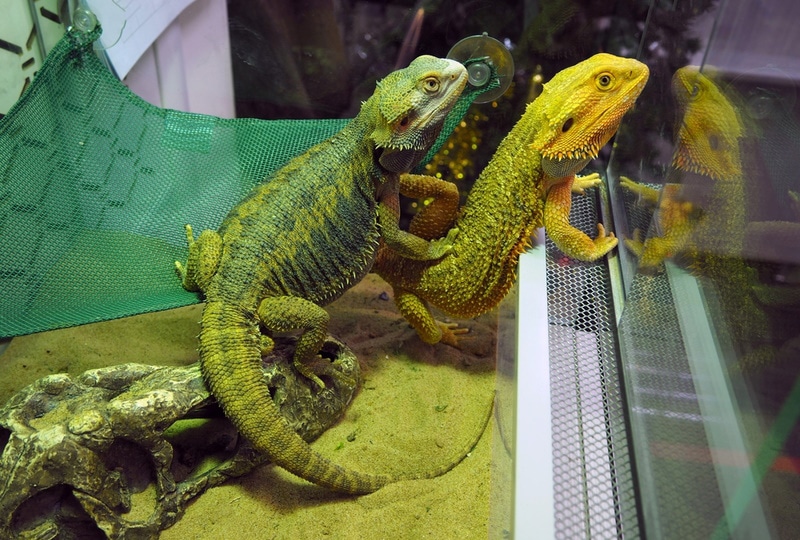
10. Celebrate Small Wins
Every step forward, no matter how tiny, is progress. It’s essential to recognize and appreciate these milestones. If one day they come willingly onto your hand or seem more relaxed during a handling session, that’s a win! Celebrating these small victories, mentally or otherwise, can motivate you to keep going, even when things seem slow or challenging.

In Conclusion
Building trust with a bearded dragon is an ongoing journey, one that requires patience, consistency, and a whole lot of love. The steps mentioned above aren’t just a one-time checklist but an evolving guide tailored to your dragon’s unique personality. By always putting their well-being at the forefront, you’re bound to create a bond that’s both rewarding and heartwarming.
Remember, at the end of the day, these incredible creatures aren’t just pets. They’re companions with their own personalities, needs, and ways of communicating. By respecting and understanding those nuances, you pave the way for a friendship that can last a lifetime.
As with any relationship, there will be ups and downs. But stick with it, remain patient, and know that every effort you put in is a step closer to having a bearded dragon buddy who truly trusts and loves you.
Finally, as all relationships require external assistance every now and then, don’t forget to reach out to your vet should you have any questions or concerns about your bearded dragon’s behavior or health.
Featured Image Credit: New Africa, Shutterstock

